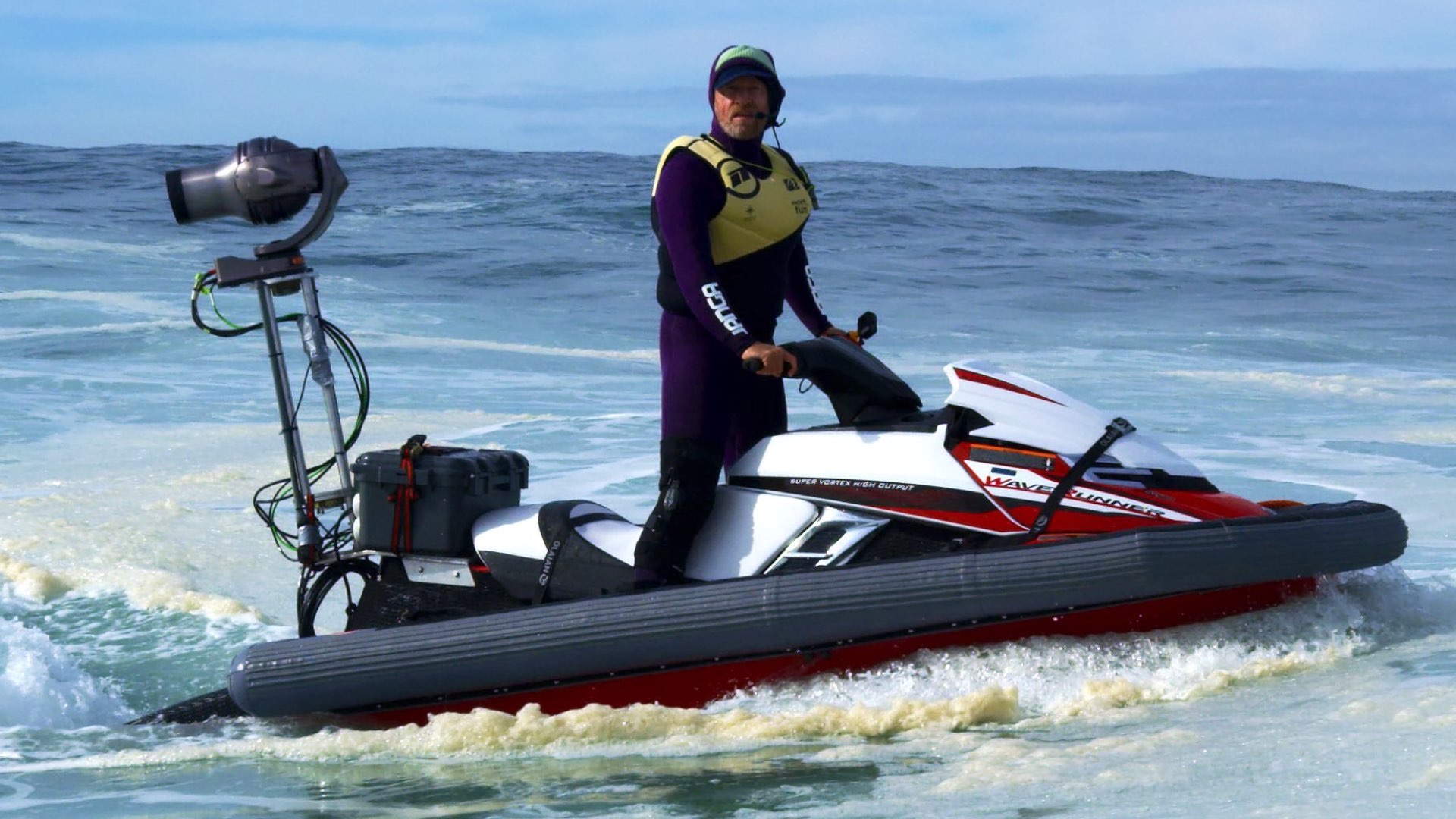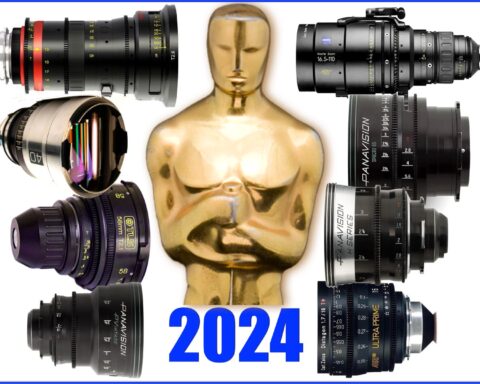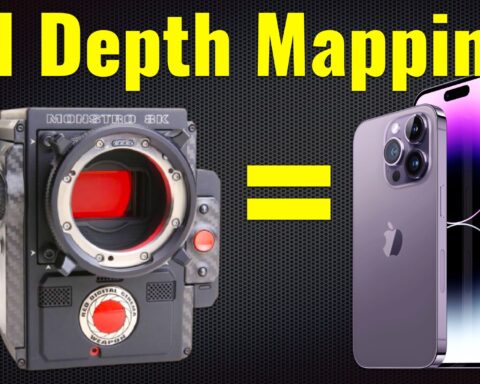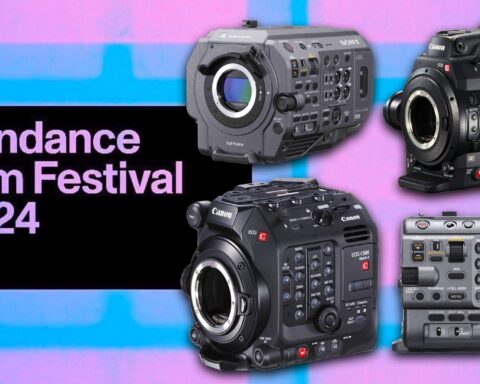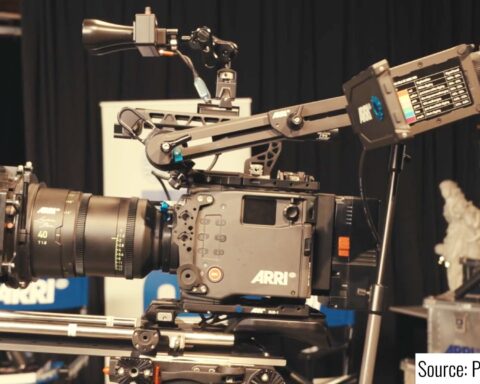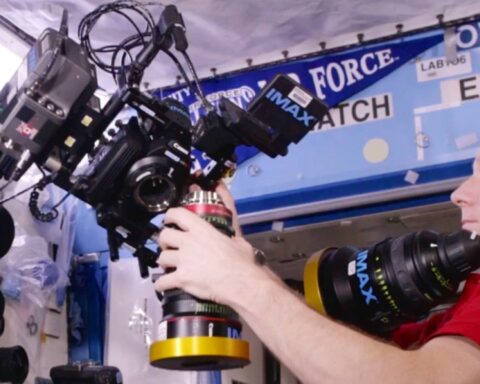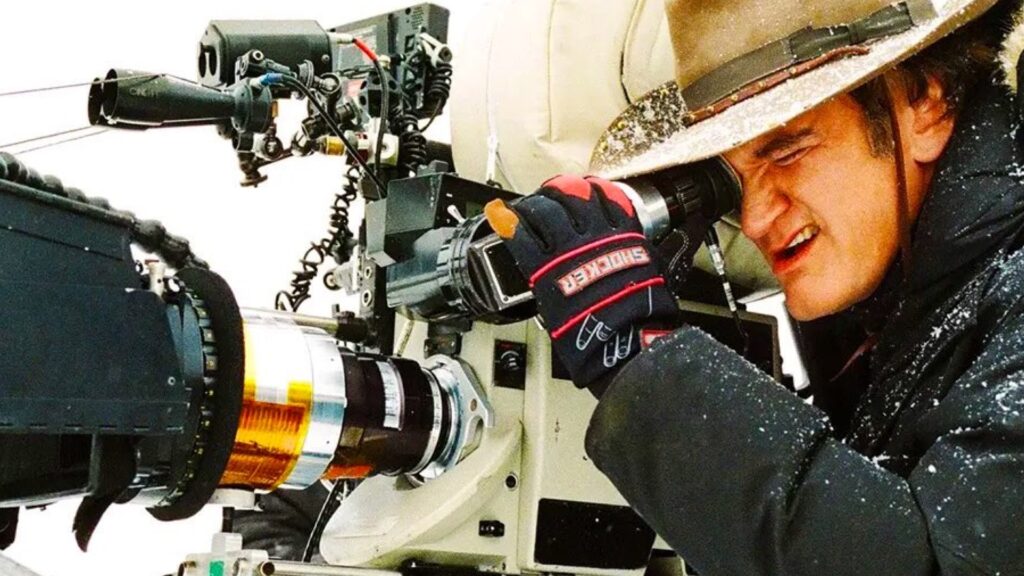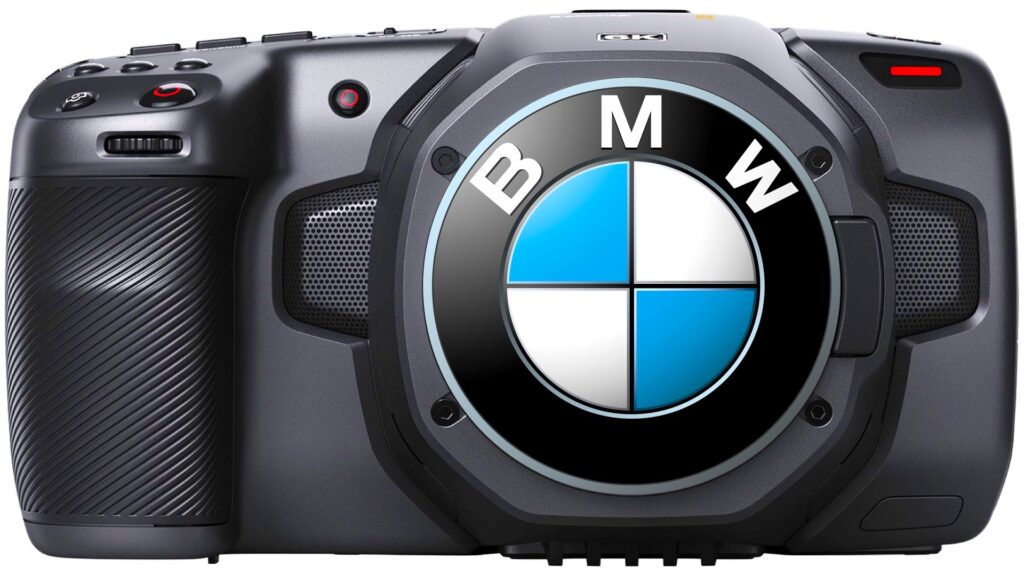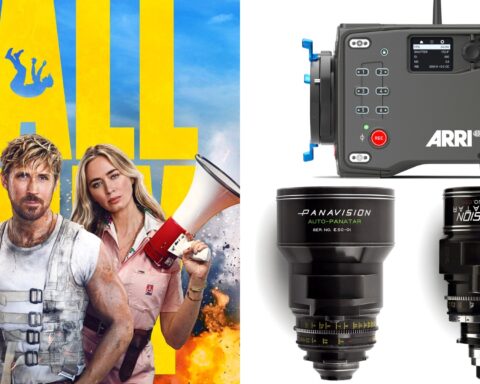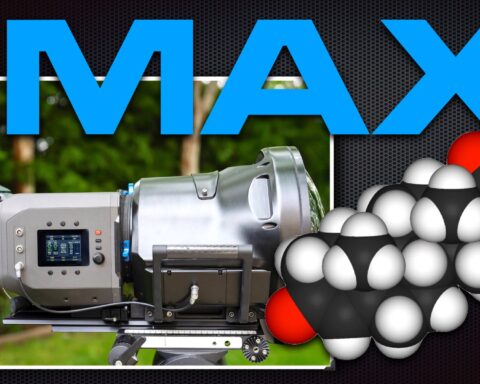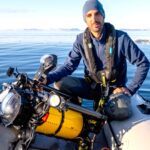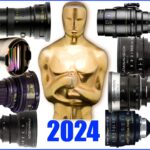In my opinion, Michael Prickett is one of the bravest cinematographers who exist on the planet. Being the DP of HBO’s 100-Foot Wave means capturing those Nazare’s monsters, in an ultra-harsh environment. Michael used high-end cameras for the job, including the Canon C500 Mark II, RED Monstro, and the Phantom 4K Flex. Read below our interview with him.
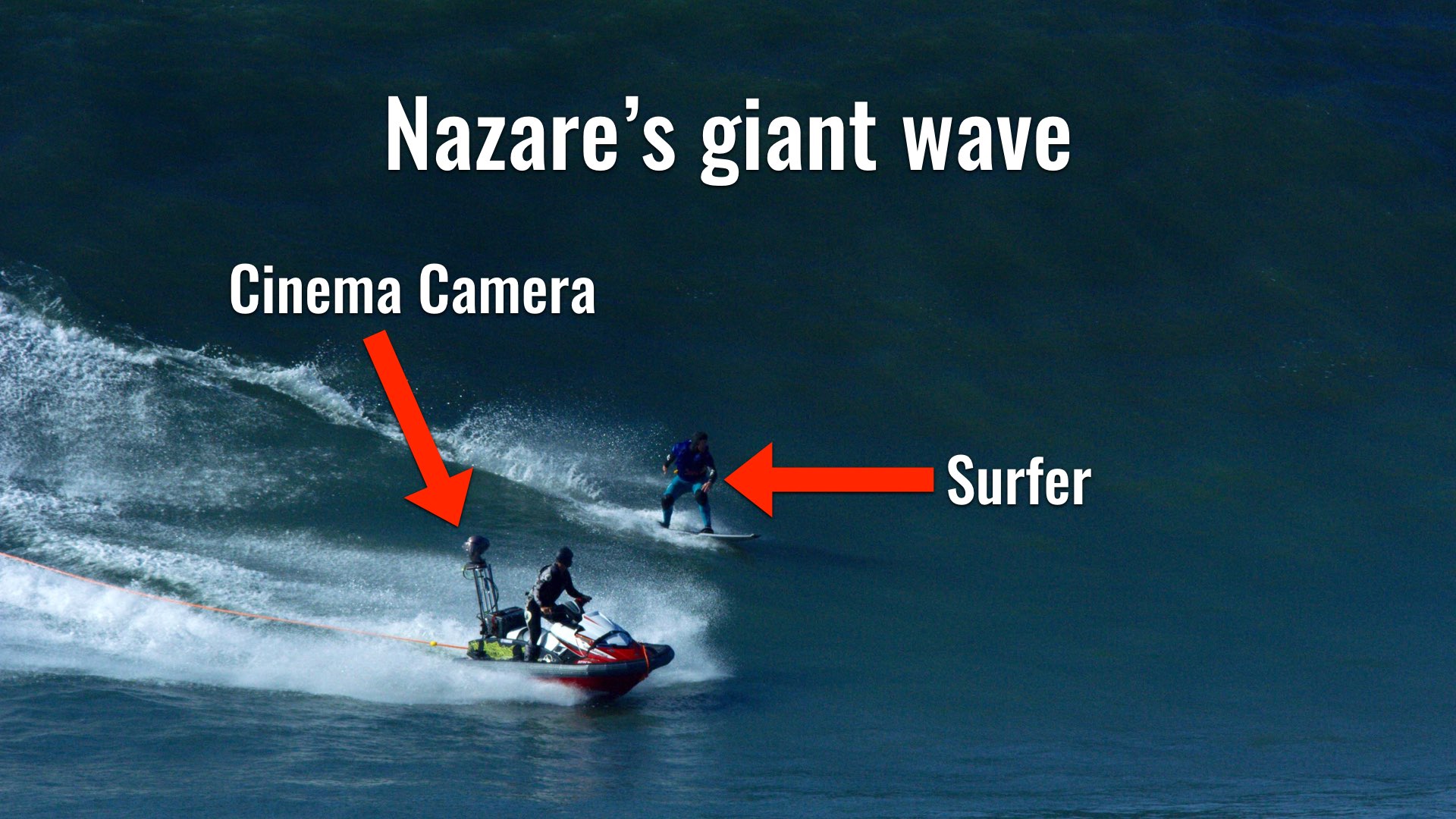
100 Foot Wave: An HBO series
Garrett McNamara journeyed to Nazare, Portugal with one goal in mind: to conquer a 100-foot wave. His effort drove the sport of surfing to new heights and helped transform a tiny fishing village into the world’s preeminent big-wave surfing destination. From HBO Sports comes this breathtaking six-part documentary series that chronicles McNamara’s quest. DP Michael Prickett shot this masterpiece on the Canon C500 Mark II, RED Monstro, and Phantom Flex 4K. Check out the trailer below:
Cinematographer Michael Prickett
Michael is known as the extreme director of photography from the North Shore of Oahu, Hawaii. He’s been shooting for over 30 years in ridiculously dangerous locations worldwide yet he’s probably best recognized for his action cinematography in feature films, commercials, and television. He’s shot nearly every ocean in the world and has won many awards for his work. Mike’s work as a cinematographer or director of photography can be seen in feature films such as Point Break 2, Chasing Mavericks, Billabong Odyssey, X Men 2, Riding Giants, Step Into Liquid, Blue Horizon, The Ride, Day of Days, Red Sky Morning, and the list goes on. Furthermore, Michael Prickett is one of the DPs for HBO docuseries 100 Foot Wave, who just won an Emmy for Outstanding Cinematography for A Nonfiction Program. YMCinema interviewed Michael on the challenges and techniques required to shoot this crazy project. The interview is below.
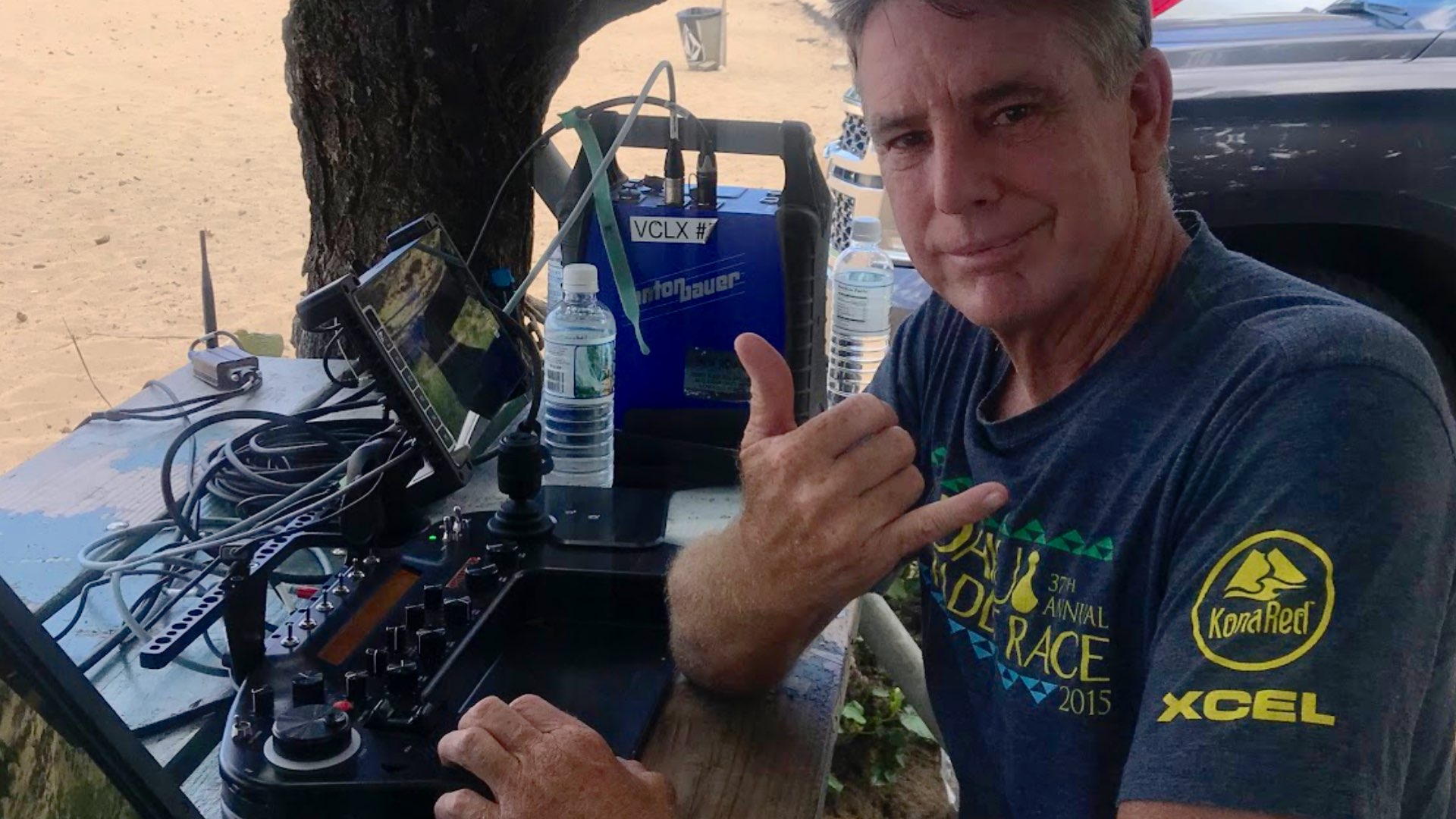
I soon got pretty good at shooting from the water but got bored with stills, so I decided to put a 16mm film camera in a housing and do motion shots of everyone.
Getting into water-sport cinematography
YMCinema: Please let us know about your filmmaking career.
Michael: I started out as a still photographer shooting tourists in Waikiki doing tourist stuff like jet skiing and parasailing, then I got into a car accident and broke my legs. The doctor said I should swim a lot to help my recovery. So I built a water housing for my camera and started to shoot my friends surfing. I was a surfer myself and thought it would be great for other people to see what it was like to see the action from a surfer’s point of view. I soon got pretty good at shooting from the water but got bored with stills, so I decided to put a 16mm film camera in a housing and do motion shots of everyone. I soon got very proficient in the water with my rig and that’s how it all started. Before I knew it, I was traveling the world with my film cameras shooting surf events which soon lead to commercials and then feature films. I still enjoy shooting surfing after all these years as it is my true passion.
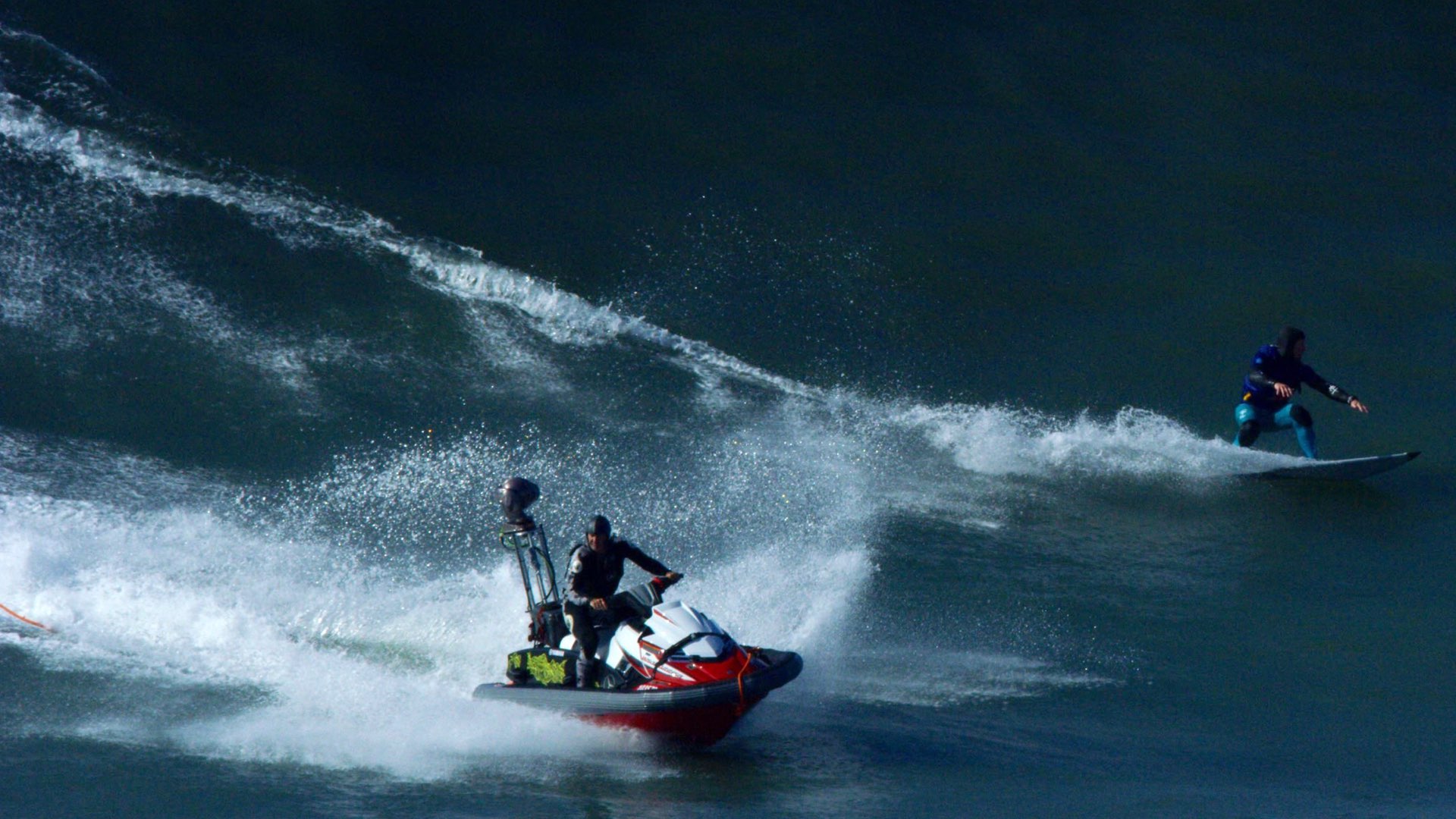
It was going to be a very crazy shoot in unforgivable conditions. My main concern was to get amazing footage of course but also to make sure all our guys came home safely at the end of each day.
“Action DP”
YMCinema: Elaborate on the project and its challenges.
Michael: I was brought on to the job because they liked what I did for the Chasing Mavericks movie as the action DP. It was going to be a very crazy shoot in unforgivable conditions. My main concern was to get amazing footage of course but also to make sure all our guys came home safely at the end of each day. This was especially hard to have cameramen in the middle of 100-foot waves and death-defying shore break. With massive currents and jet skis, surfers, and cameramen, we were very careful and had plenty of water safety to pull it off.
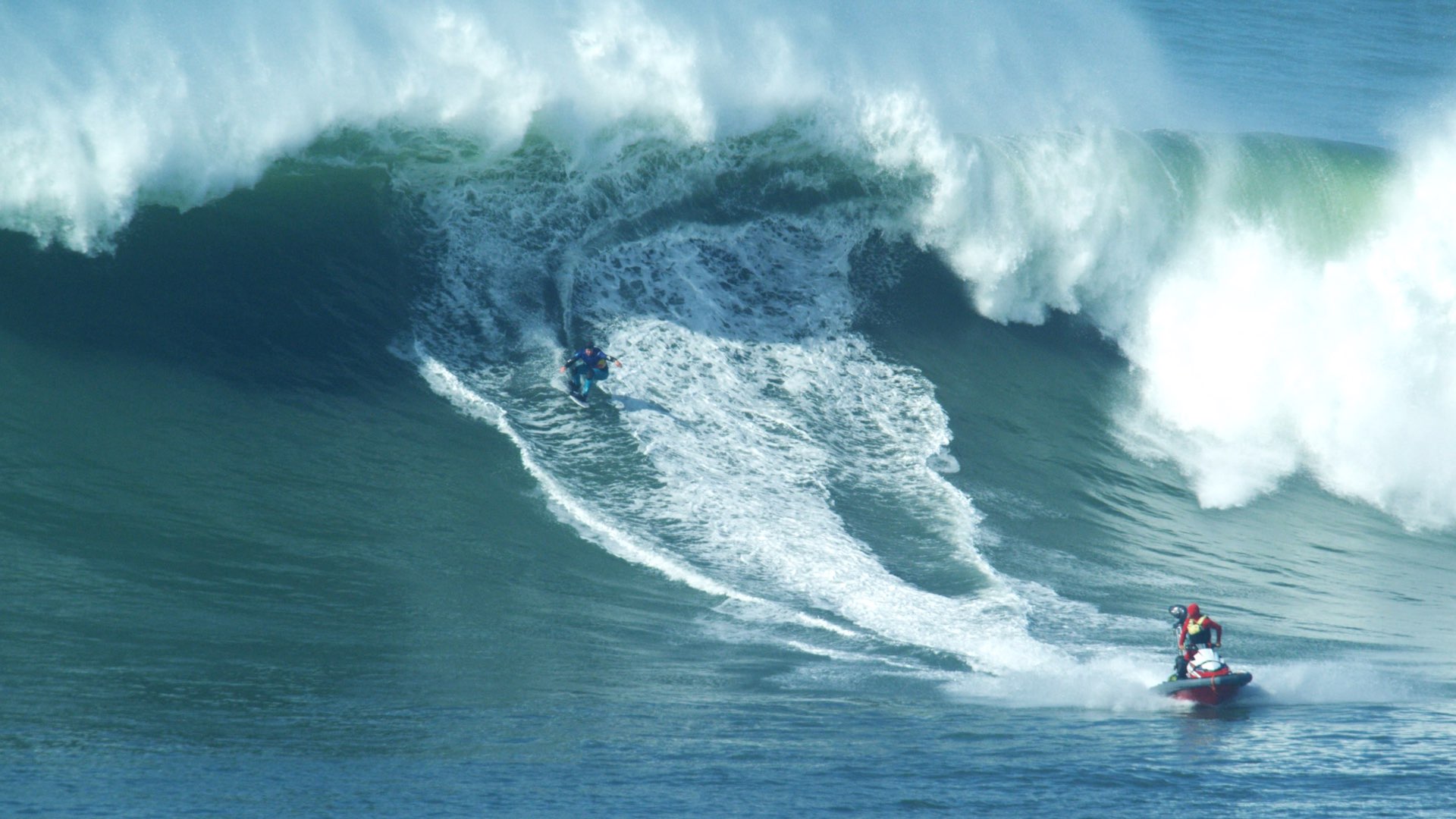
This was especially hard to have cameramen in the middle of 100-foot waves and death-defying shore break.
C500, Monstro, and Flex 4K
YMCinema: Why did you choose the Canon C500 Mark II and lenses for the job?
Michael: We chose the Canon C500 for its ease and maneuverability in tight quarters, plus its full frame and it’s a great ENG camera. We used the C500 for interviews mainly. We used all types of cameras but mainly the RED Monstro and Phantom 4K Flex for action and the C500 for ENG. We also used many different types of lenses but mainly we used the Canon 50-1000mm as much as possible. And for full-frame stuff, we like to use the Promista lenses. Super 35 was the Optimo and 50 to 1000, plus a bunch of other random lenses. We even used vintage rehoused Leica lenses.
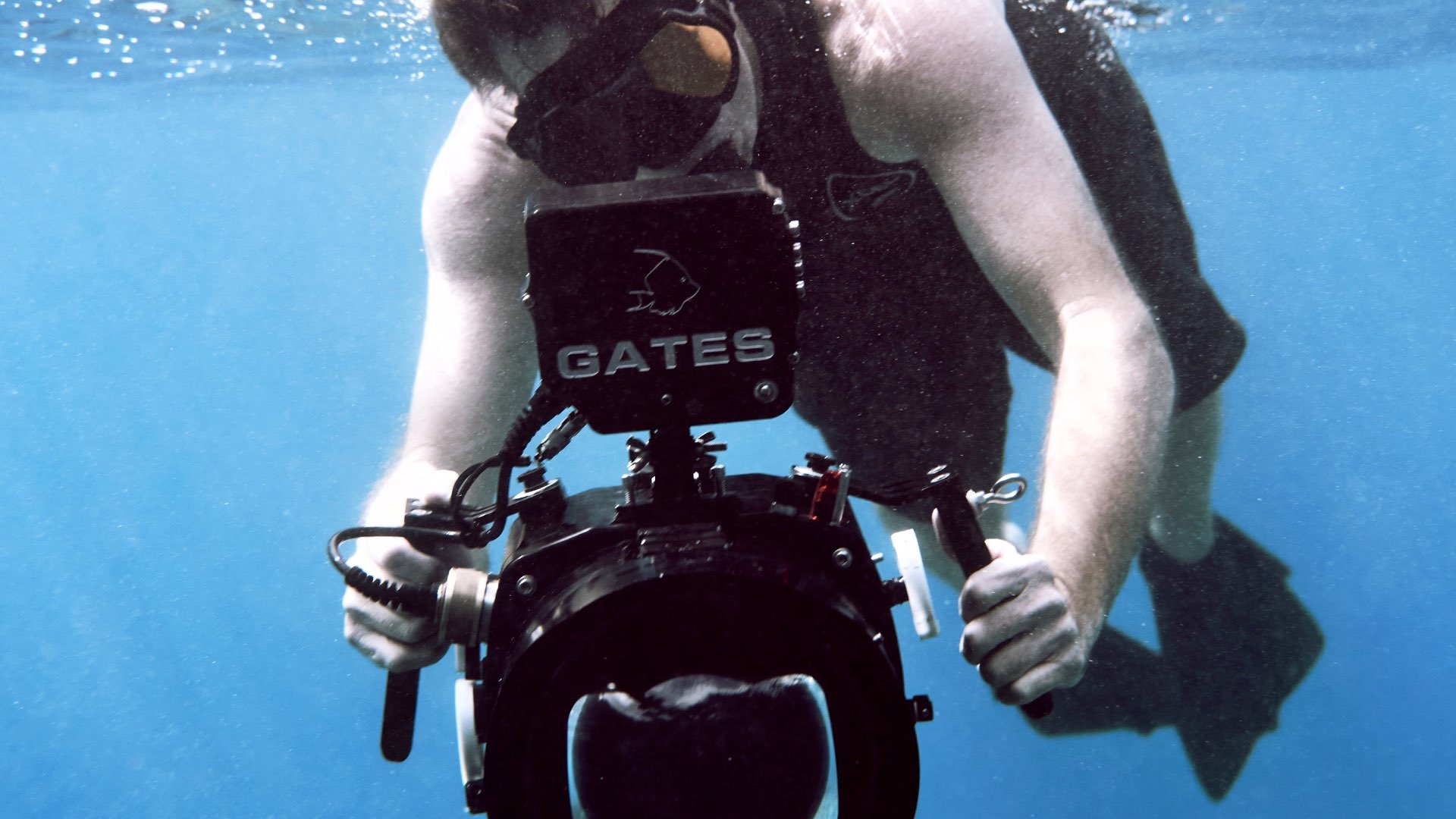
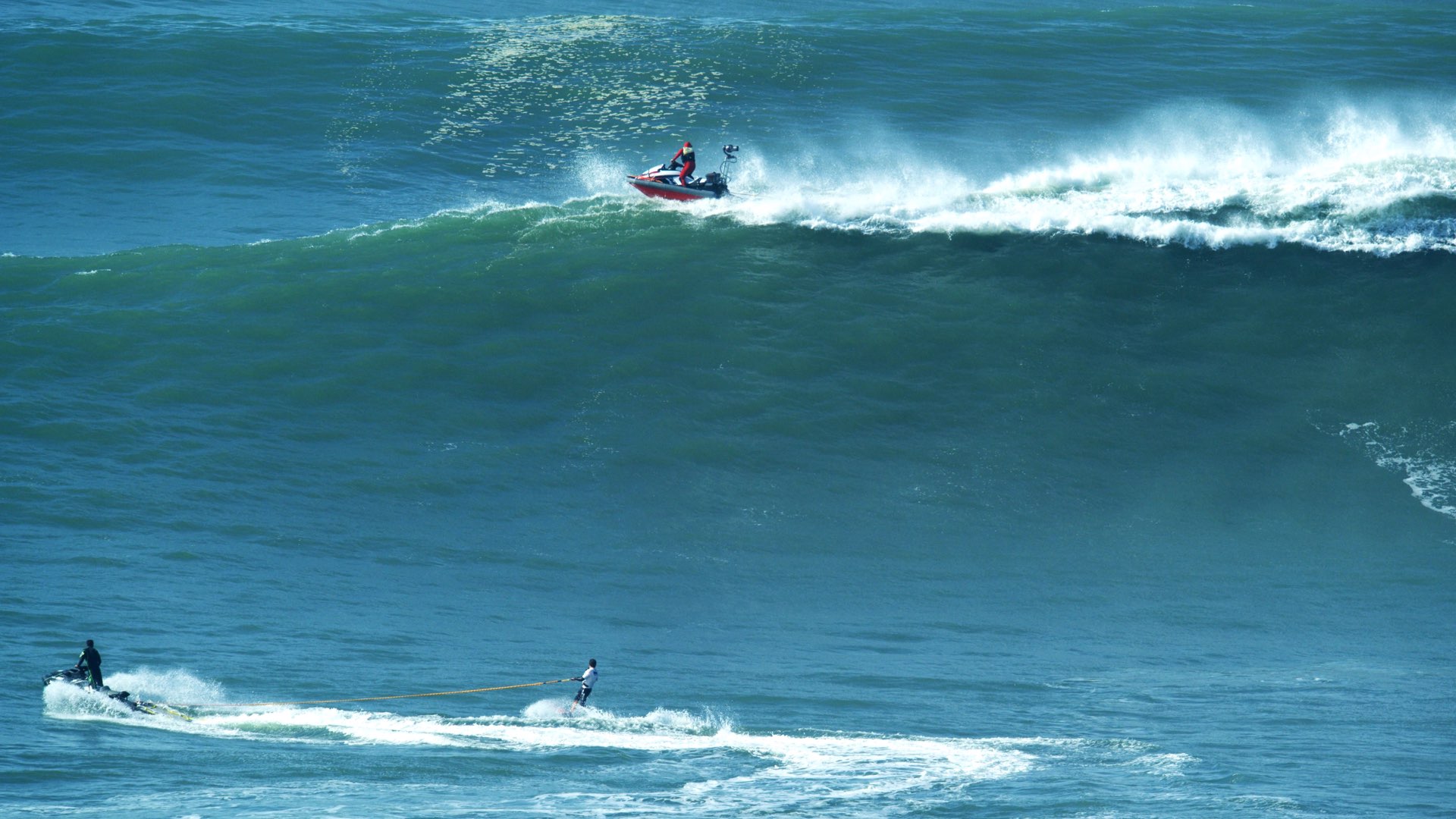
We used all types of cameras but mainly the RED Monstro and Phantom 4K Flex for action and the C500 for ENG.
Shooting surfers riding on giant waves
YMCinema: What’s it like to film these super-surfers? What’s it like to film athletes that are performing a very dangerous action?
Michael: To shoot surfers in massive surf is quite a task. It basically takes a well-coordinated team to get in the heavy conditions and get the shot. Most of our team has been shooting surfing for many years. It takes close contact with the surfers to know and try to predict what the surfer will do on each wave. Mother nature really decides the line the surfer will take to get the ultimate ride and make it out safely. It is something that takes many years of experience to get the best shots in massive waves. After the wave goes by the cameraman needs to survive the wave himself and either dive underwater to escape the wave or zip into the inside if he is on a jet ski. Basically, it is very scary being out in the ocean in these types of conditions.
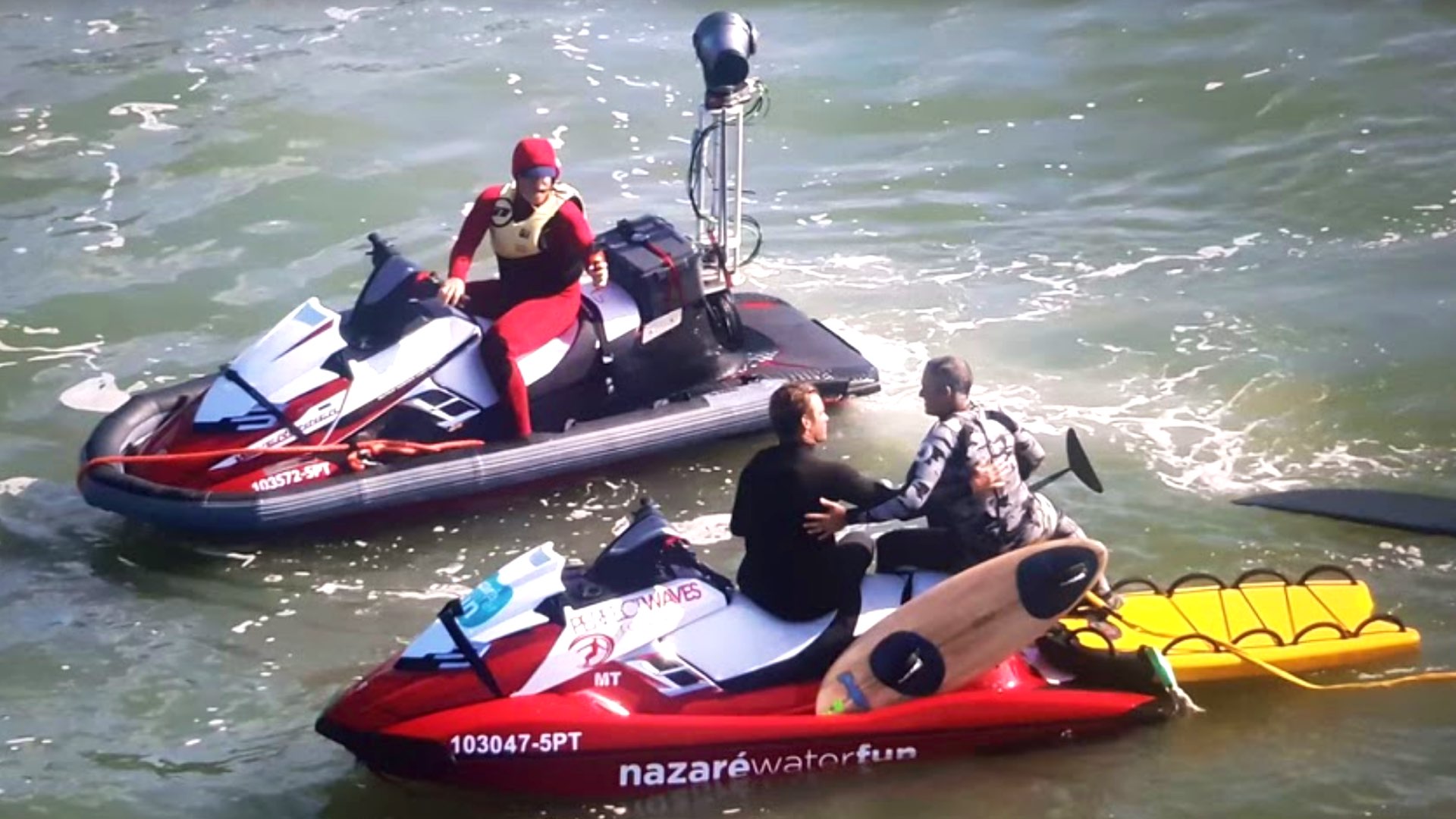
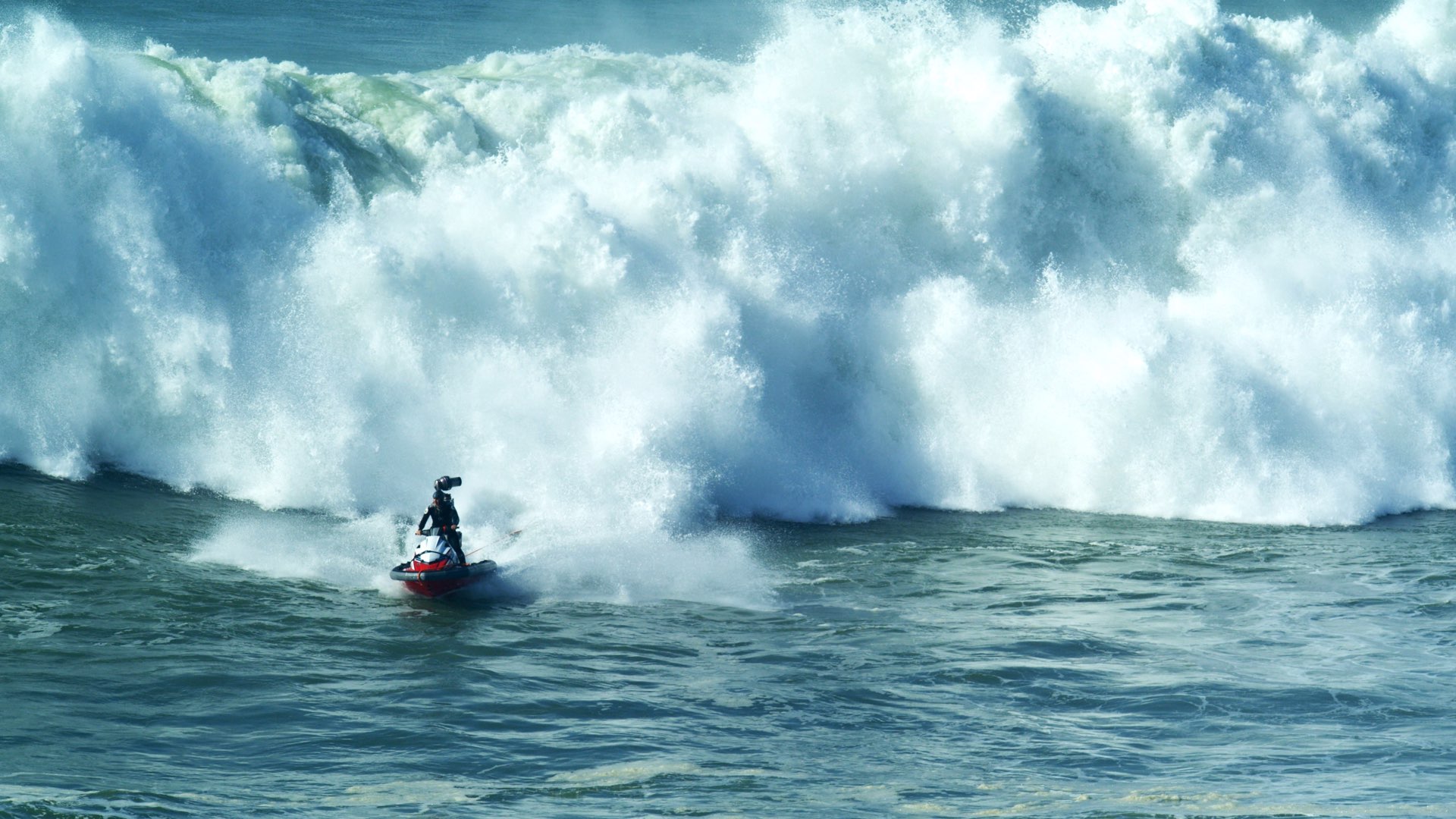
After the wave goes by the cameraman needs to survive the wave himself and either dive underwater to escape the wave or zip into the inside if he is on a jet ski.
Custom-built underwater housing
YMCinema: Did you use underwater housing? Or was it all filmed from the shore? If yes, please elaborate on the underwater housing used, and what’s like to operate these cameras under these huge waves.
Michael: We used underwater water housings that we custom-built for each camera setup. And for deep diving stuff, we used the Gates deep dive housing for the RED Monstro. Using water housing in big cold water is very tough too. You have to make sure you can keep shooting without fogging up constantly, plus you cannot let the camera go or you will lose it to the sea. Additionally, it is tough to keep water spots off the lens. Most times the cameraman can use his own spit to help sheet off the water or a potato also does the trick. For the gimbals, we use rain spinners that keep the water off.
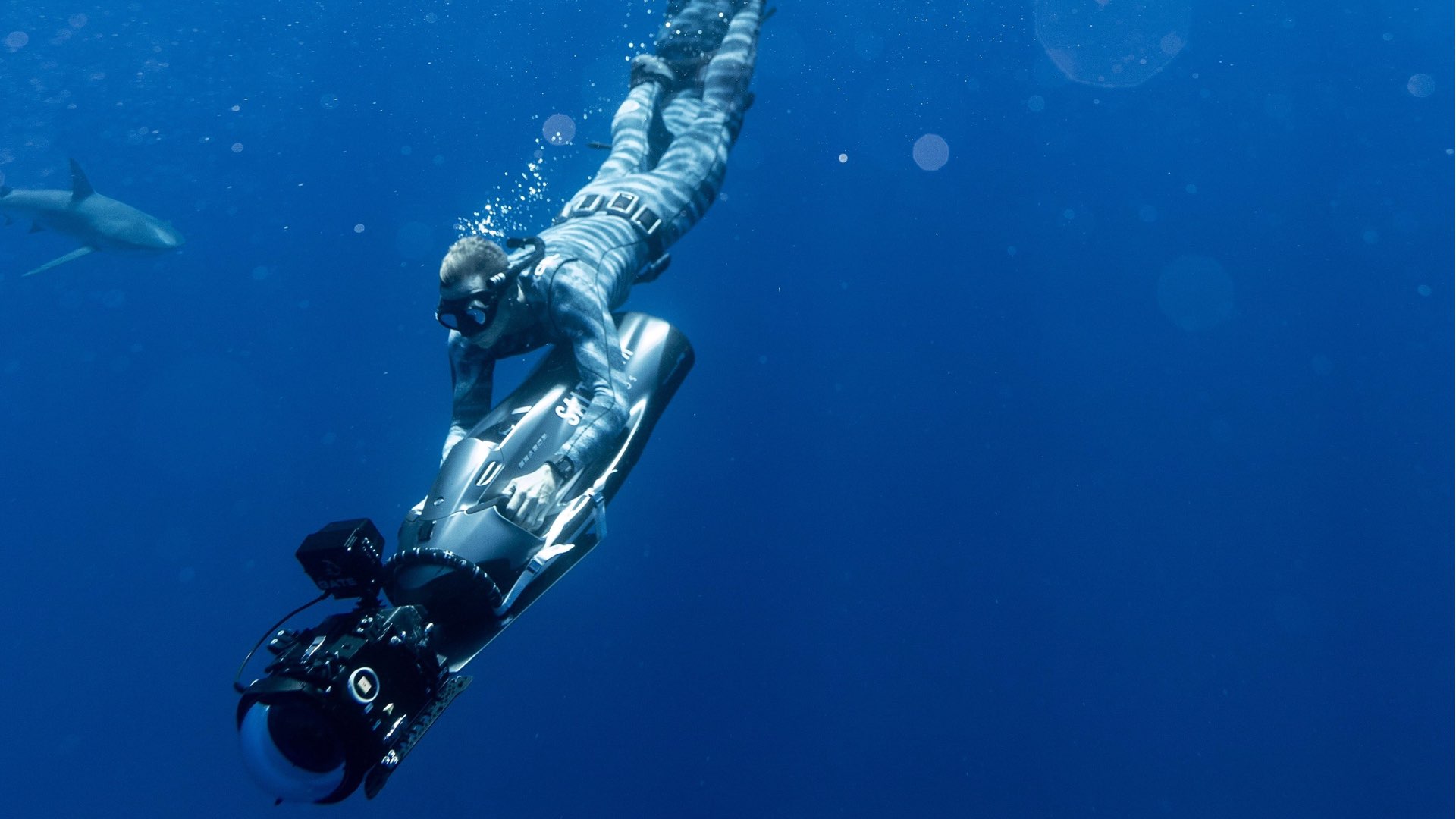
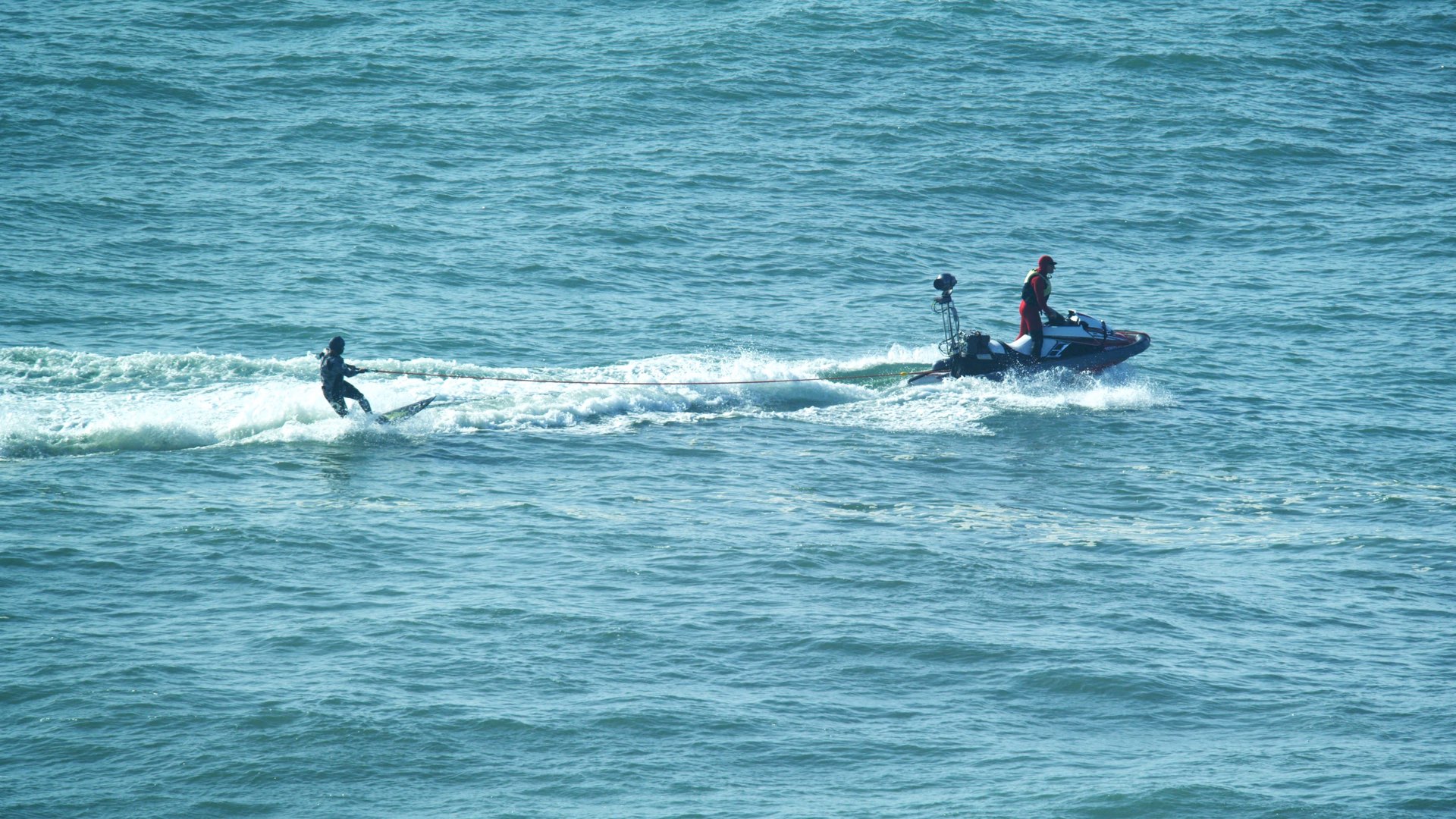
Using a water housing in big cold water is very tough too. You have to make sure you can keep shooting without fogging up constantly, plus you cannot let the camera go or you will lose it to the sea.
Getting to shoot for HBO
YMCinema: How can you reach out to shoot for HBO?
Michael: HBO was great to work with. We initially tried to do an IMAX movie of this but when HBO got involved it turned into a series. I guess if you strive for the best and put your best foot forward you might make it happen. HBO is amazing to work with! I’m so glad HBO is into the ocean and the big waves that come with it. Without them, this would have never been possible. Thank you, HBO!
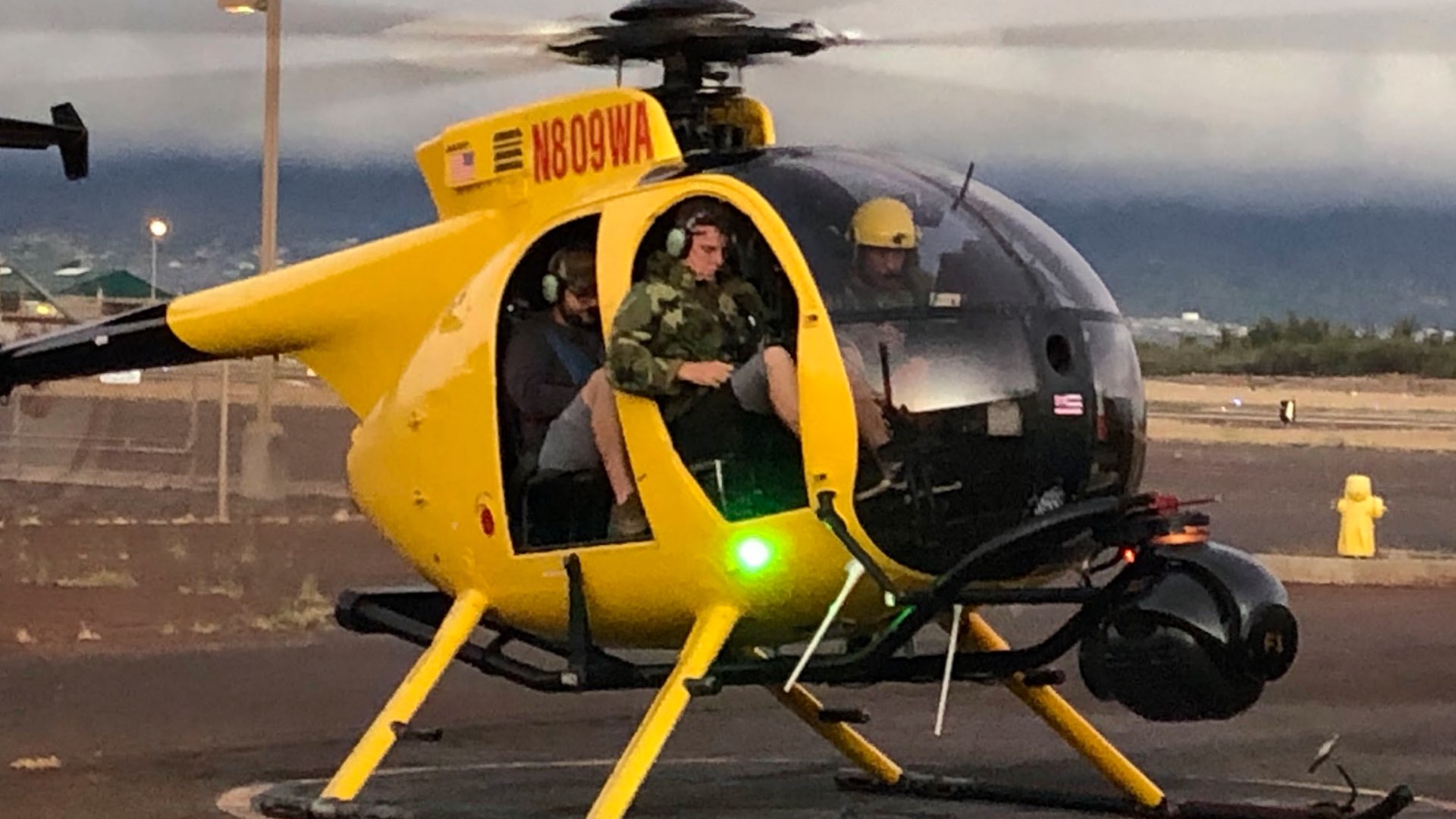
We initially tried to do an IMAX movie of this but when HBO got involved it turned into a series.
Wrapping up
As Michael Bay stated once: In order to get the best shots, the camera must be located at the heart of the action. Indeed, to shoot HBO’s 100-Foot Waves, cinematographer Michael Prickett filmed inside the heart of the mighty mother nature, using high-end cinema cameras wrapped in a custom-made underwater housing, and utilizing complex and unconventional cinematography techniques. So when watching 100-Foot Waves on HBO, get a moment or two to appreciate the hard work that was done, in order to inject the audience with a decent amount of adrenaline doze. We end the article by stating one of the audience: “As a born and raised Portuguese and living in Portugal and knowing very well Nazaré I have to say… you have to be the sanest and at the same time the most insane human being to come here and ride those waves. Some of those waves are more like atomic bombs than waves. But I thank you from the bottom of my heart for your insanity that provides some of the most beautiful images I have seen in my life”.


